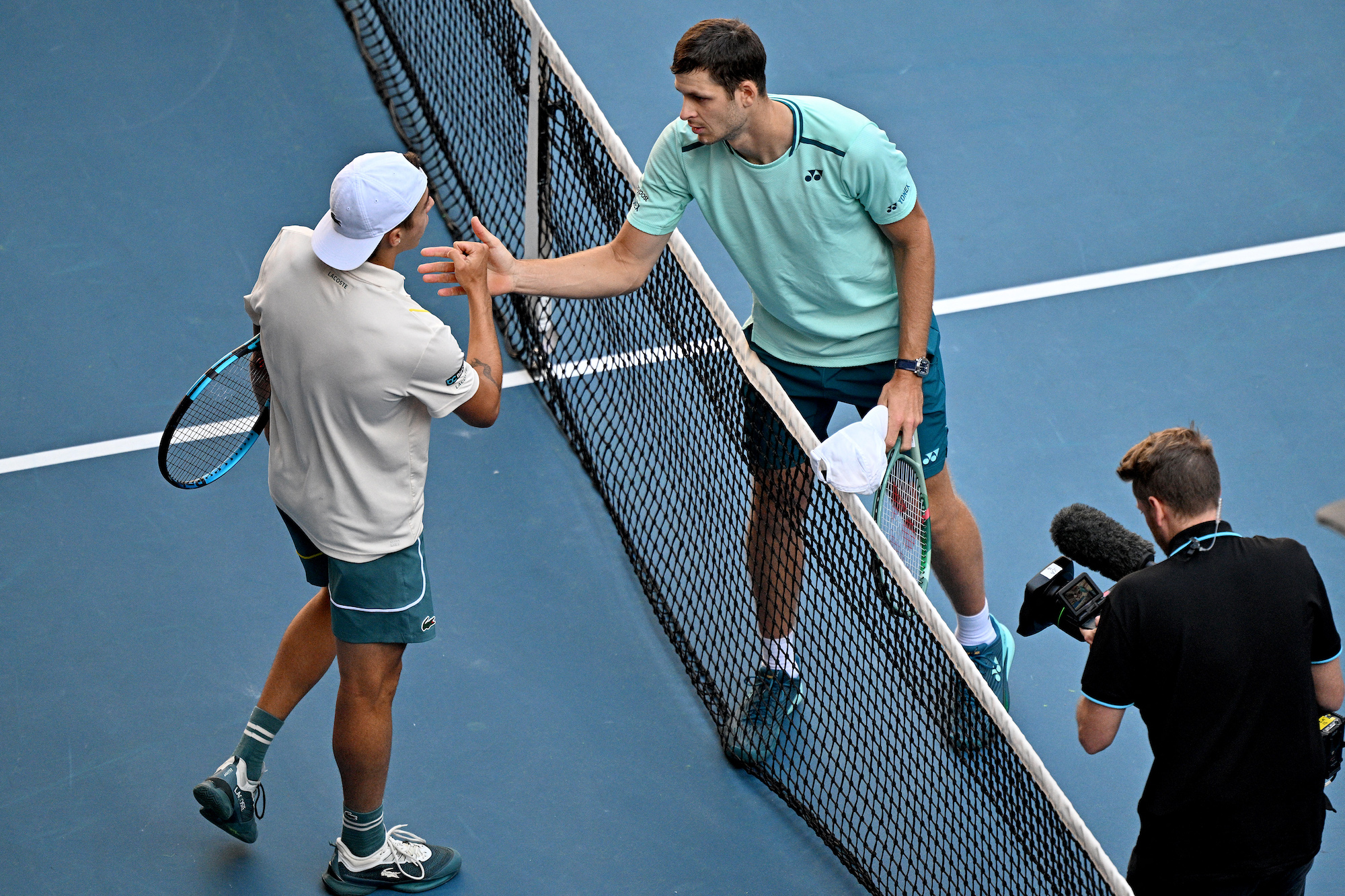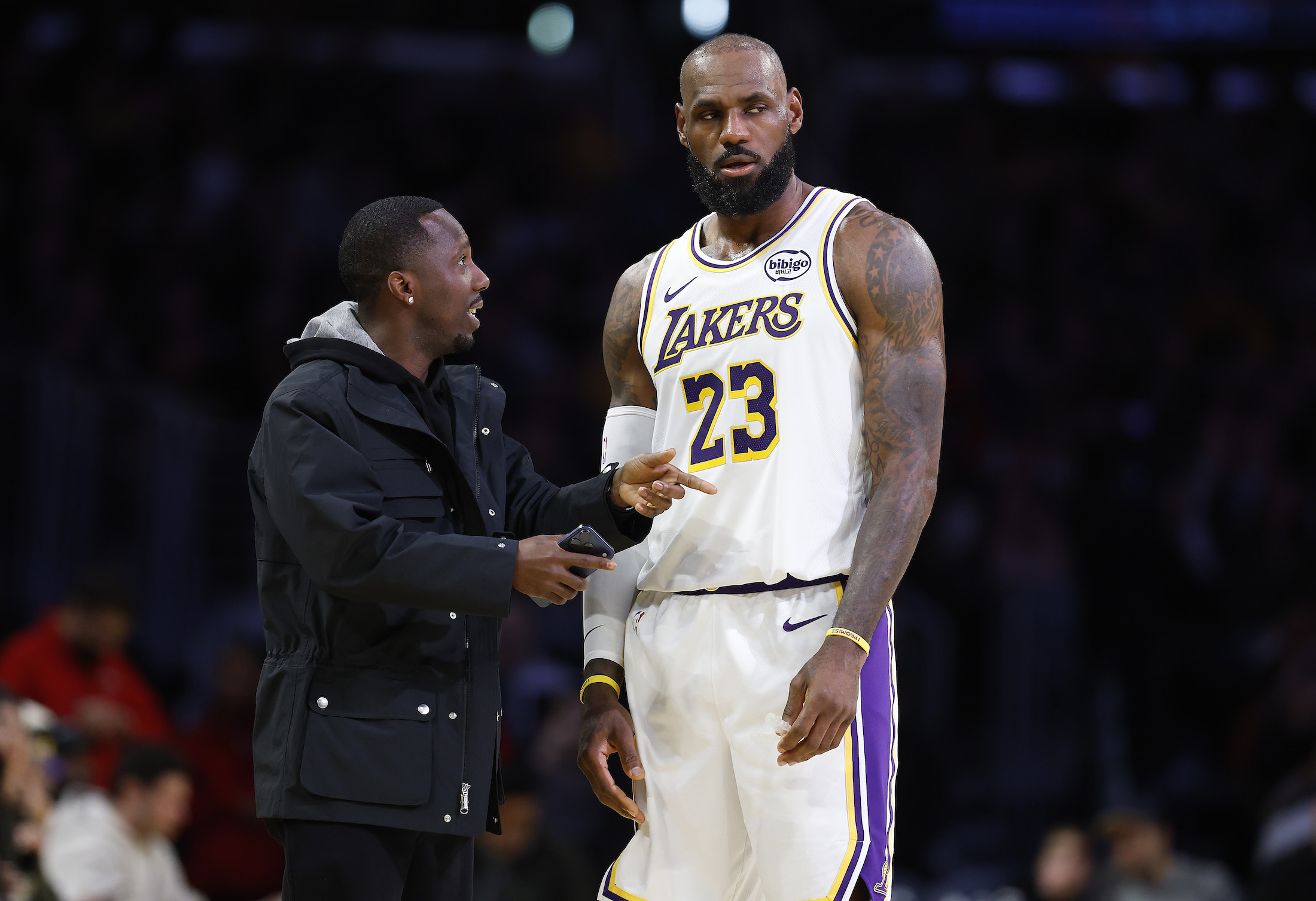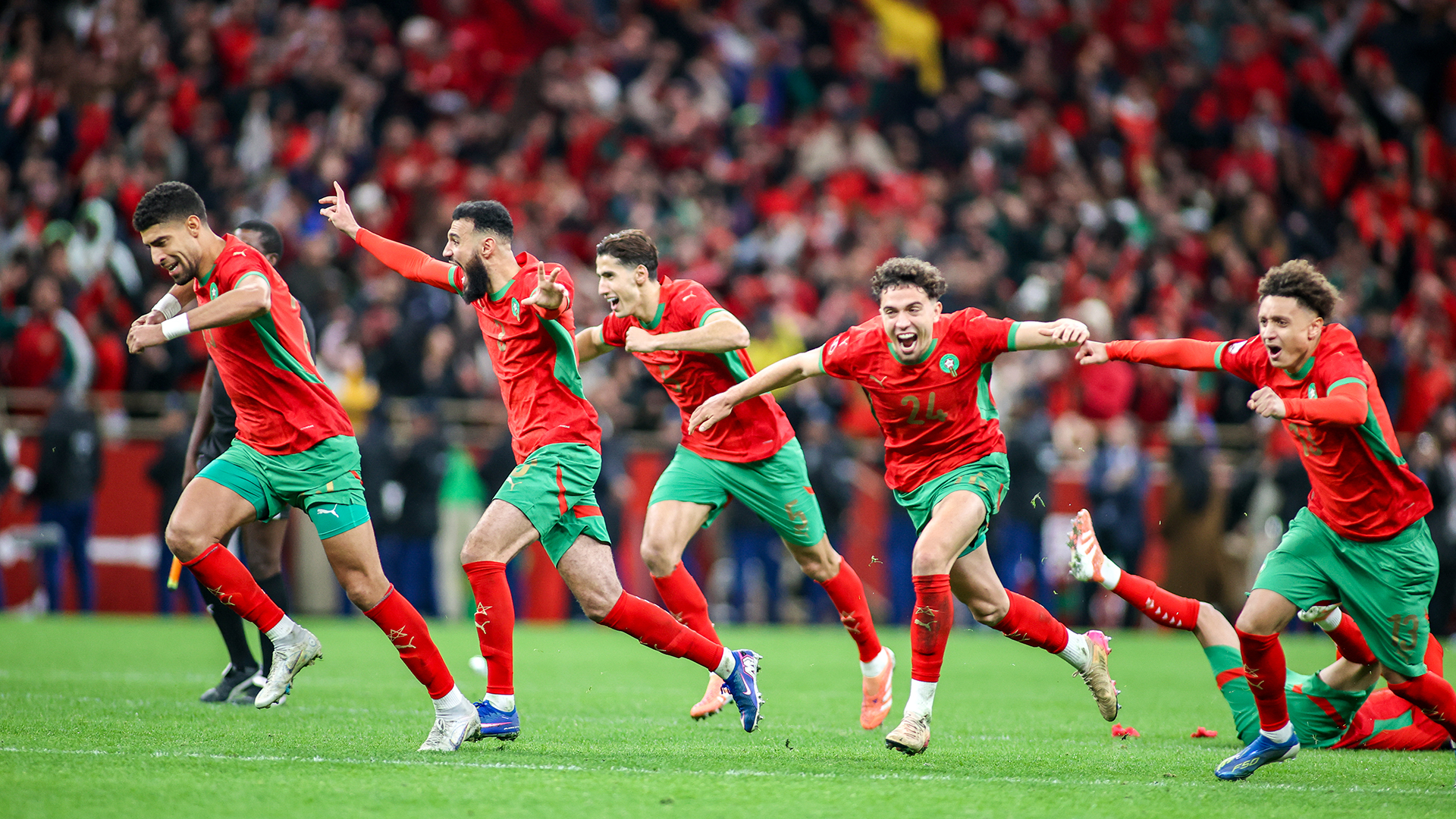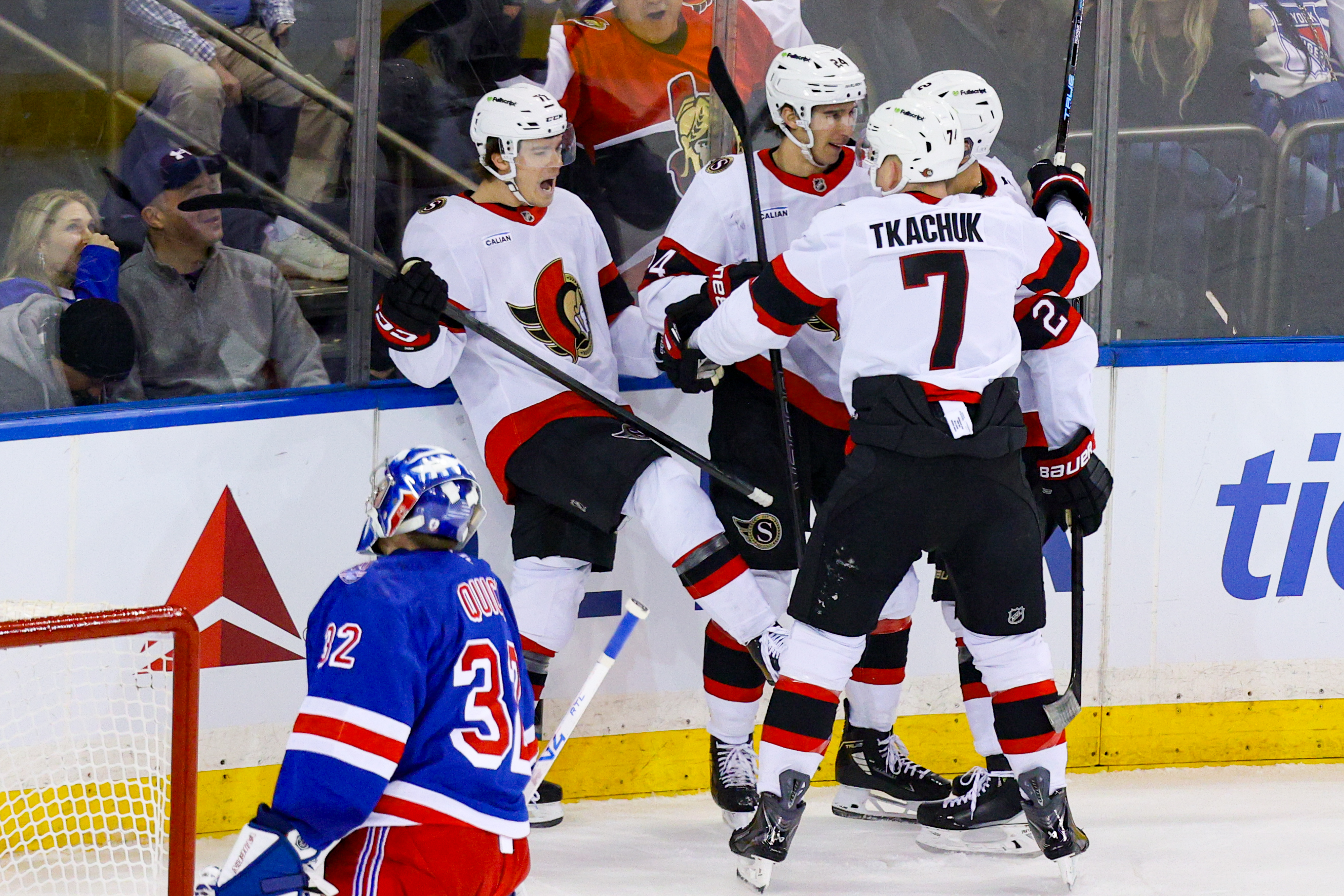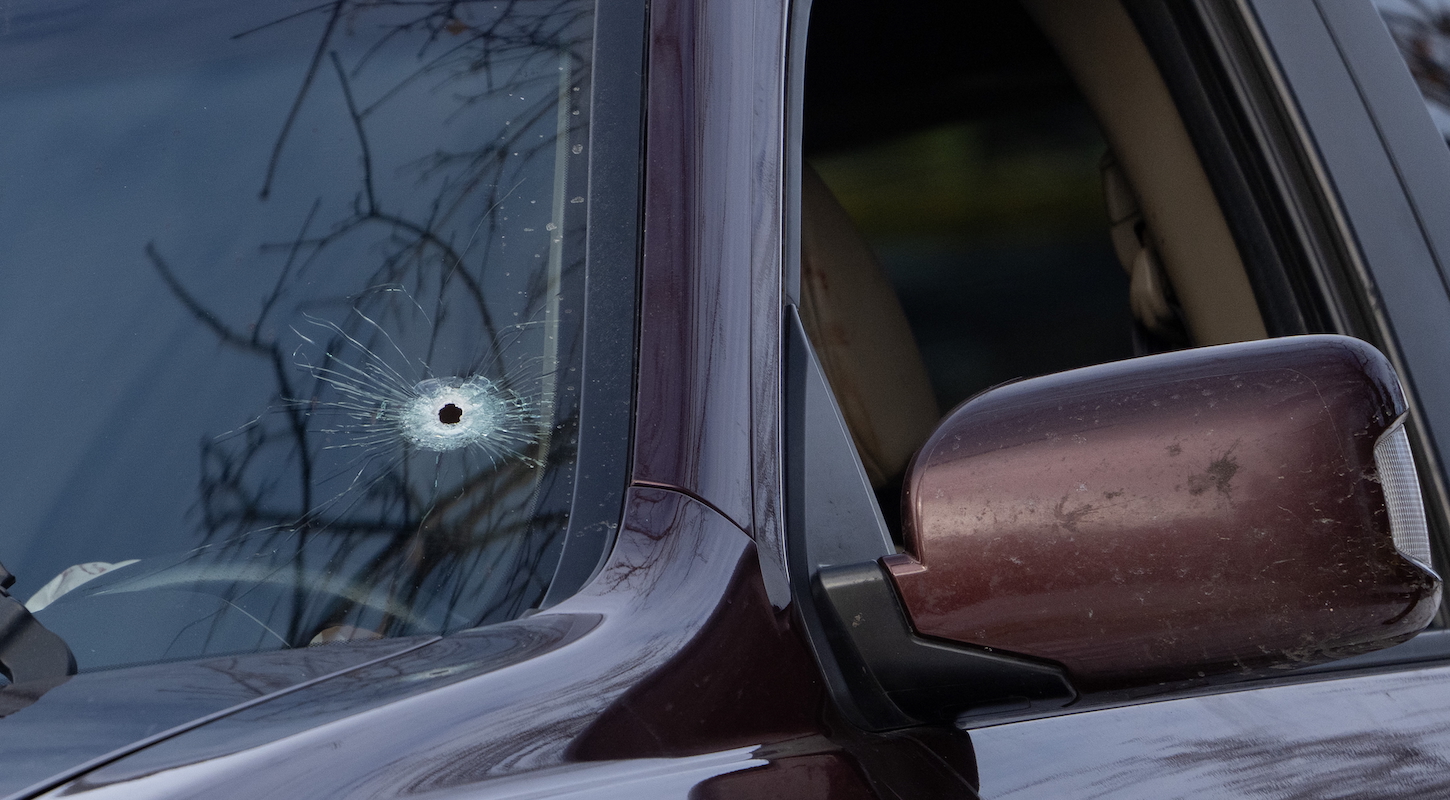The Australian Open is winding towards its final weekend, with both singles brackets down to the quarterfinals. The men's bracket is basically all chalk (the lowest-seeded remaining player is 12th), while the women's side has been unpredictable throughout (12th-seeded Qinwen Zheng is the lone ranked player on her side of the draw). To take stock of what's been an exciting tournament, and to bat a few theories back and forth, Defector's in-house tennis enthusiast Giri Nathan chatted with Defector's in-house tennis neophyte Patrick Redford.
Giri Nathan: The greatest success of my professional life is that I have tennis-pilled a colleague. Would you say this Australian Open is the closest you’ve ever followed a major tournament?
Patrick Redford: For context, this pilling took place over the course of the last three U.S. Opens, for one of which I was lucky enough to be in New York and experience the transcendent high of coming home from the bar late and getting to watch the last two sets of some bangers. Another had Carlos Alcaraz–Jannik Sinner, and I think after watching Coco Gauff beat Aryna Sabalenka last year, the pilling finally took to the point that I’ve stayed up far past my bedtime to watch, like, Frances Tiafoe lose to a Czech guy in the second round.
GN: Let’s put some respect on Tomas Machac’s name—OK, frankly, I was not putting all that much respect on Tomas Machac’s name before this tournament, but what a performance against Tiafoe and then again in his tight third-round loss to Karen Khachanov. Clean ball-striker, just 23 years old, and I bet he can climb another thirty or so slots in the rankings. But go on.
PR: See, identifying Machac so rudely gets to part of what’s been so fun. I’ve loved it, especially because now that I have some context and am not experiencing each major as a blank slate, I have a rudimentary understanding of the trajectory most of the players are on, though obviously not enough that I am not still learning about the deals of various guys, Czech and otherwise. It’s incomplete, growing. To that end, I wanted to get the Giri take on the AO’s status within the four majors and the degree to which its start-of-seasonness colors its prestige and affects the quality of its tennis.
GN: Way back in the day some top players wouldn’t even make the trip to Australia, so low was its relative prestige. The four majors have all pretty much equalized now—the money is huge everywhere and nobody skips them, health permitting—though occasionally you’ll see a player fess up to the extra dab of prestige on a Wimbledon trophy. This one has been nicknamed “the happy Slam.” I think everyone’s in a good mood. Many are emerging from a Northern Hemisphere winter into the blazing Australian summer; they’re all well rested and not yet ravaged by the season’s cumulative injuries and fatigue; they haven’t seen their tour pals in a few weeks; perhaps they’ve encountered a wombat; maybe they worked on some skills during the offseason and they’re pumped to show them off (dubiously, in the case of Stefanos Tsitsipas’s new service motion). I always savor it because it looks fresh to me. Players look renewed and ready to scrap. I occasionally fantasize about tennis with a little more rest built into its brutal calendar, and shadowy bureaucratic hijinks notwithstanding, this might be the closest I’ll get to realizing that fantasy.
PR: Floating a theory here: Maybe everyone’s restedness explains why the men’s bracket has gone chalk this year. Other than Holger Rune getting destroyed by Arthur Cazaux, everyone who is supposed to be in the quarters has survived to make it here, without any lingering injuries or heavy legs to cause them to get upset. That said, the women’s bracket is a pretty strong refutation of my theory.
GN: Yeah, it’s a good theory. I haven’t yet encountered an analysis of the major tournaments in terms of which is most upset-prone, though I imagine that’s out there. I am almost tempted to make the opposite case: that season-long physical/emotional resource management is a skill in itself, one that the top players have honed over the years. So maybe this tournament is actually the levelest playing field. Nobody’s yet in a position to tactically manage their crabmeat.
PR: See, this is good, the two singles brackets have developed so differently that you can make either case in either direction as long as you ignore the other one. Resource management is really fun to keep track of over the course of a tournament, and while I haven’t been around these parts long enough to consider it in the medium- or long-term, it seems an obviously important skill, especially since my boy Jannik Sinner going nuts at the end of last season thus proves he’s heading towards bigger and better things this year. Which matches have you enjoyed the most through the first four rounds? Have you seen anything funnier than Adrian Mannarino-Ben Shelton, or more jaw-dropping than Mirra Andreeva-Ons Jabeur?
GN: It’s a good time to look back and survey the first week. Plenty of star-is-born style moments. The 18-year-old Dino Prizmic looked like a beefed-up young Novak Djokovic out there, dragging the old Novak Djokovic to his longest first-round match ever at a major; I’ve had my eye on him for a while and fully expect him to rise to the Sinner-Alcaraz tier with time. There's also been some buzz around the 19-year-old Linda Noskova, who delivered by booming enough forehands to upset top-seed Iga Swiatek in the third round; she’s now into the quarters. And, yes, Mirra Andreeva massacred Jabeur, then staged an unreal third-set comeback against Diane Parry to make the fourth round; she’s got alarming quantities of that dog in her.
Lots of nutty match tiebreaks on both tours, including that 22-20(!) Anna Blinkova win over No. 3 Elena Rybakina (who I thought would win the tournament). The trophy for pure comedic value has to go to Mannarino-Shelton: jacked zoomer slapping the ball as hard as possible and engaging in college-style yelping versus an unsponsored bald millennial who strings his racquets like trampolines and doesn’t look up his opponent until he walks onto court. Muscle and daring versus the Tao and pure hand-eye coordination.
PR: Mannarino’s shorts were twice as long as Shelton’s (which makes them 10x Rune’s), a truly profound swag gap. I like how much high-quality generational warfare there’s been, and all my favorite matches that haven’t featured people I’m actively rooting for (and also excluding Andrey Rublev–Alex De Minaur, a study in exactly how much self-exsanguination you have to do drown your opponent before bleeding out) have been big young boomers battling it out against more experienced players.
GN: One of the most fun types of match you can watch is a vet versus an upstart playing the tennis of their life—red-lining, as they say—and trying to ride this lightning just long enough to win the match without first succumbing to puke, panic attack, a rash of double-faults, etc. There’s something beautiful about watching someone urgently need to be better than they actually are, to extend their fortune a little longer still. You might see self-actualization in real time, or a total psychic fracture. You also get to see what happens to technique and tactics under that pressure. Do they trust in their power, or do they tighten up and hit everything shallow, or do they play the ball down the middle and pray for errors, or do they embrace chaos with drop shots and net rushes?
PR: This brings me to my next theory, which is less a theory than an observation: Tennis is, to me, ethical MMA. The competition is pure, two players trying to destroy each other alone, and in tennis it’s maybe even purer as there isn’t a clock to run out. There are clear levels, and while something like Aryna Sabalenka–Lesia Tsurenko isn’t, classically speaking, fun, I do think witnessing how big the skill-gaps can be, even between two seeded players, is a useful illustration of how incredible the best players in the world are. The interplay between mental and physical strength is obvious and shared, and the best sorts of matches are the ones where both players push each other to the point that the winner is the one who hits a level they hadn’t reached before. Like you said, needing to be better than they actually are; sometimes that’s actually possible! Often it has to be.
But the main shared truth is that styles make fights. Arthur Cazaux–Hubert Hurkacz is a great example here, an all-action hotshot who has way more sauce than I expected trying to keep the magic going, only to slam into this brick wall. After feeling out the eager Frenchman, you could see Hubie adjusting, forcing Cazaux to sprint around, drawing him into longer points, daring him to get crazy with it. Often he did and often it worked, but Hurkacz is ultimately on another level, in part because he invited immense pressure and trusted himself to execute. This match was a mere three-setter, but it wasn’t ever anything short of electric. I’m glad you brought up pressure, which seems like an eternal condition in tennis (as in MMA) and necessarily makes for great theater.
GN: Yeah, that match is a classic of the genre. On the one hand you have Hubie Hurkacz, top-ten dude on the strength of an unbreakable serve and smooth low-power groundies, who knows full well he’ll get to the tiebreak, where he'll handle business as he’s done hundreds of times before. On the other hand is this 21-year-old Arthur Cazaux, who is probably experiencing this week as a complete emotional blackout—having gotten a wild card, secured his first win at a major, taken out the No. 8 seed—and who has also just made a “war zone” out of his toilet. He is a real hooper, very athletic scooting around the court and a shockingly potent serve at his height, but in this match he just didn’t have as efficient a mechanism for winning points. Hubie was coasting through his service games and could use his leftover energy to attack Cazaux’s legs with those longer rallies.
PR: Wow, so much talk about the fellas … we’re just like Carlitos fr.
GN: He’s a men’s guy. See, what separates the novice from the knower is that you saw this tweet about Alcaraz explaining his hesitation as being “shy around girls” and assumed it was real. Whereas I look at a tweet like that and assume instantly that it is the work of a gay man on the internet having a laugh.
PR: Sorry for living with an open heart and choosing to believe in whimsy. I have been too busy watching Sinner (hasn’t dropped a set by the way…) smack the felt off the ball to be a responsible debunker. It’s too bad that the Australian Open takes place in Australia because there’s no way I’m going to be able to watch some of these later rounds until the next day, and the idea of having something like the potential Sabalenka–Gauff semifinal ruined by a shipper’s tweet that I can’t detect scares me. Neo-fandom isn’t without its pitfalls I guess.
GN: You are on PST, so you’re basically doing the Australian Open on baby mode. Talk to me when you’re blogging as the sun comes up! Well, fortunately I haven’t caught any sunrises yet but I have been pushing pretty close. I'm slowly warping my schedule up to ensure I'm conscious for the finals.
Sinner’s draw has been friendly so far, and all of these matches have been swift and businesslike. Keeping the first week simple is part of that veteran know-how; gotta sustain your focus lest you get lured into random draining five-setters. As someone who has always believed Jannik could be an Alcaraz peer, I feel validated that he’s continued his Djokovic-beating form from the end of last year. And as someone whose partner googles pictures of Jannik Sinner before going to sleep, you must also be feeling positive about these developments.
PR: Absolutely, and doppelgängerity aside, what I love about Sinner and what I love about Carlos is that they play such attractive tennis. As tournaments go on, I find myself rooting mostly for whoever is the most fun to watch, and against any people awaiting trial on domestic abuse charges. I really hope Hubie can beat some Russian guy. Anyway, it is now officially Foster’s 25 Oz. Cold Hard Lock time: Who do you think is going to win?
GN: I’ll give you one boring and one fun: Aryna Sabalenka and Jannik Sinner. Forza!
PR: Wow no love for Taylor Fritz. I’ll give you two boring: Sabalenka and Medvedev. It is now time to enter our sleep chambers to be properly locked in for the quarters, andiamo.
